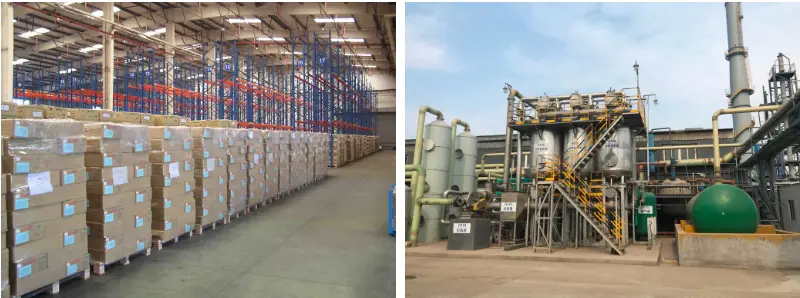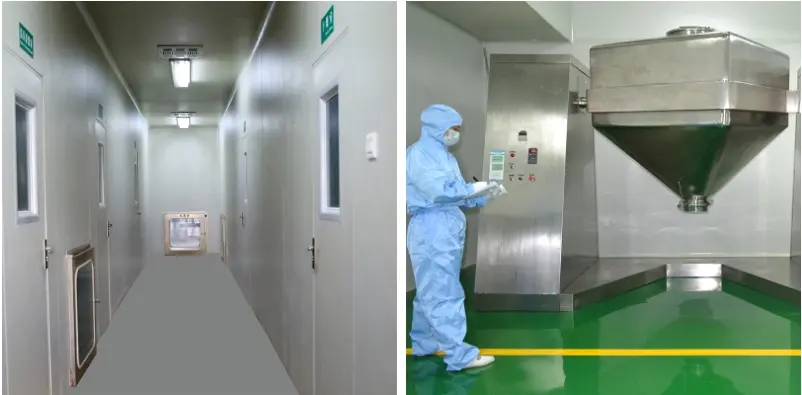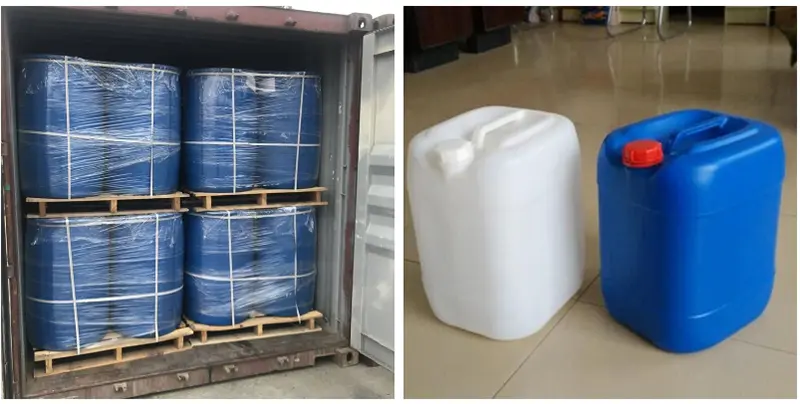Potassium carbonate CAS#584-08-7
Potassium carbonate CAS#584-08-7 Promotion Season Now in Store and Free Sample for Testing with Factory Price
Chemical Name:Potassium carbonate
CAS No.584-08-7
Molecular Formula:K2CO3
Molecular weight:138.21
Sample: Available
Mode of Transportation
1. By Air, fast but expensive.
2. By Sea, usual and economy.
3. By Train, suit for middle Asia countries.
4. By Express, suit for small package.
We only provide highest quality goods available, accompanied by after support!
Products Description of Potassium carbonate CAS#584-08-7
Potassium carbonate (chemical formula: K2CO3, English Potassium carbonate), also known as potash, has the appearance of colorless crystals or white particles, is very soluble in water, and its solution is strongly alkaline. When its saturated aqueous solution is cooled, a glassy monoclinic hydrate 2K2CO3·3H2O crystal is separated, with a density of 2.043, and loses crystal water at 100°C. It is insoluble in ethanol, acetone and ether. It has strong hygroscopicity and can absorb carbon dioxide and water when exposed to air, and turn into potassium bicarbonate. It can be obtained by the reaction of potassium hydroxide and carbon dioxide. It can also be obtained by heating potassium chloride and magnesium carbonate, water and carbon dioxide under pressure, or by impregnation of tung seed ash and plant ash. It is mainly used for decarbonization of synthesis gas, raw materials for electron tubes, glass, enamel, printing and dyeing, welding rods, film development, inorganic salts and glass shells of picture tubes. Impure potassium carbonate is commonly known as grass alkali, tung alkali or pearl ash, one of the early varieties of potash fertilizers.
Potassium carbonate Chemical Properties
Melting point | 891 °C (lit.) |
Boiling point | decomposes [STR93] |
density | 2.43 g/mL at 25 °C |
storage temp. | Store at +5°C to +30°C. |
solubility | H2O: 1 M at 20 °C, clear, colorless |
pka | 10.33[at 20 ℃] |
form | powder |
Specific Gravity | 2.29 |
color | Yellow |
PH | 10.52(1 mM solution);11(10 mM solution);11.36(100 mM solution); |
Odor | at 100.00?%. odorless |
Water Solubility | 1120 g/L (20 ºC) |
Sensitive | Hygroscopic |
λmax | λ: 260 nm Amax: 0.03 |
Merck | 14,7619 |
BRN | 4267587 |
Dielectric constant | 5.6(16.0℃) |
Stability: | Stable. Incompatible with moisture, acids, magnesium bromine trifluoride and magnesium bromine trichloride. |
CAS DataBase Reference | 584-08-7(CAS DataBase Reference) |
NIST Chemistry Reference | Dipotassium carbonate(584-08-7) |
EPA Substance Registry System | Potassium carbonate (584-08-7) |
Safety Information
Hazard Codes | Xn |
Risk Statements | 22-36/37/38-20/21/22 |
Safety Statements | 26-36-37/39 |
RIDADR | 3262 |
WGK Germany | 1 |
RTECS | TS7750000 |
F | 3 |
TSCA | Yes |
PackingGroup | III |
HS Code | 28364000 |
Hazardous Substances Data | 584-08-7(Hazardous Substances Data) |
Toxicity | LD50 orally in rats: 1.87 g/kg, H. F. Smyth et al., Am. Ind. Hyg. Assoc. J. 30, 470 (1969) |
Product Application of Potassium carbonate CAS#584-08-7
1. Potassium carbonate can be used to produce optical glass, which can improve the transparency, strength and refractive index of glass. 2. It is also used to produce welding rods to prevent arc breaking during welding.
3. It is used to produce vat dyes and their printing and dyeing and ice dyeing.
4. It is used as an adsorbent to remove hydrogen sulfide and carbon dioxide.
5. Potassium carbonate can be mixed with soda ash as a dry powder fire extinguishing agent.
6. It can also be used as an auxiliary raw material for the production of acetone and alcohol and an antioxidant in rubber production.
7. Potassium carbonate aqueous solution can be used for scouring cotton cloth and degreasing wool.
8. It is also used in the production of inks, photographic chemicals, polyester, medicine, electroplating, leather, ceramics, building materials, crystal, potassium soap and medicine.
9. Heavy potassium carbonate is mainly used as a raw material for the glass shell of cathode ray tubes, widely used in glass and special glass raw materials, and used for decarbonization of large fertilizers.
10. It can be used as a leavening agent in food.
11. It can be used as an alkaline agent and dough improver, and can inhibit the sourness of noodles. It can be used in flour-made foods and used in appropriate amounts according to production needs.
12. Used for processing exposed photosensitive materials.
13. Used as analytical reagents, reference reagents, and flux for molten silicates and insoluble sulfates.
Factory and Equipment Show


Fast delivery time
Inventory 2-3 working days New production 7-10 working days









